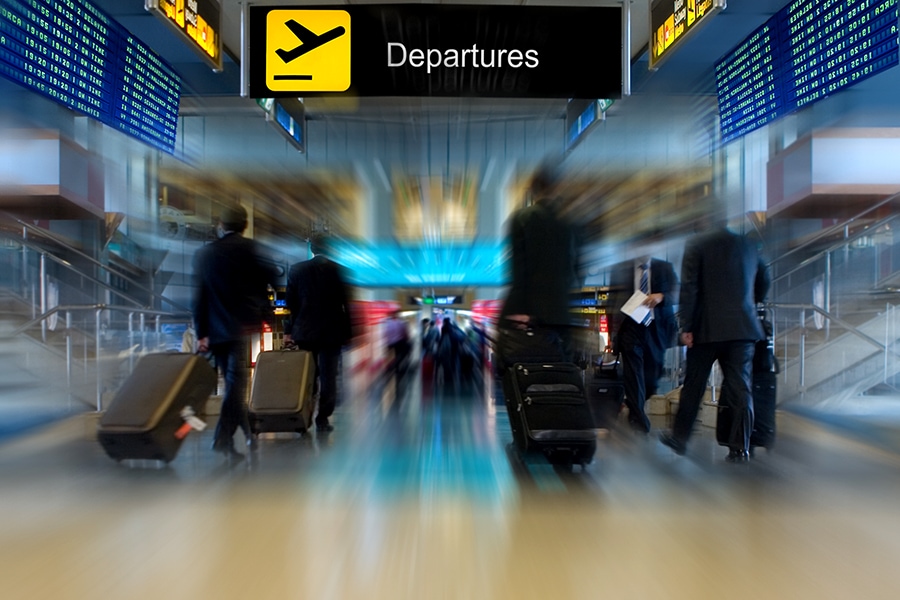
This business trip could have been a Zoom call: Companies rethink travel
A year and a half of forgoing virtually all travel and doing business by video conference has led many business people to conclude that a lot of their previous travel wasn't worth the time and toll on their bodies and mental state, on their families and the environment
 Shutterstock
Shutterstock
Boeing CEO David Calhoun has access to company aircraft as part of his job. Even so, he told an interviewer that he didn’t expect to fly nearly as much for internal company meetings after the pandemic.
Calhoun, like some of his peers, found that video calls were remarkably effective for checking in with colleagues, allowing him to pack in more meetings and schedule them with minimal advance notice, according to an account in “Leading at a Distance,” a recent book by James Citrin and Darleen DeRosa.
“I will do as much or more customer travel, because that’s still the most important way to build relationships,” Calhoun told the authors. “But most travel when leading big companies is visiting your own teams. I won’t be doing that nearly as much.”
There’s broad consensus that how often we fly for work and what we travel for will shift significantly post-pandemic. Who is traveling may be different as well. That, in turn, will prompt changes in what the travel industry provides to business people, a source of nearly one-third of its revenue before the pandemic.
A year and a half of forgoing virtually all travel and doing business by video conference has led many business people to conclude that a lot of their previous travel wasn’t worth the time and toll on their bodies and mental state, on their families and the environment. That’s even before considering the role that travel played in transmitting the virus across continents.
©2019 New York Times News Service







